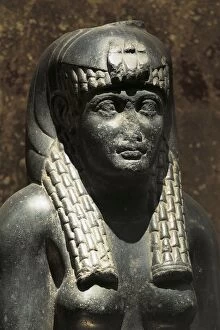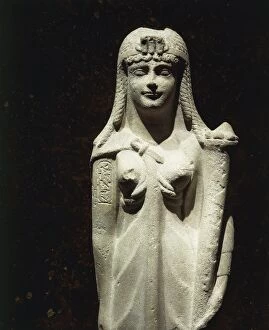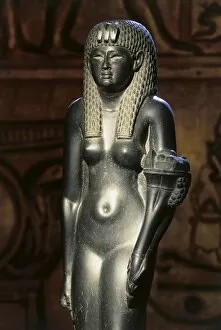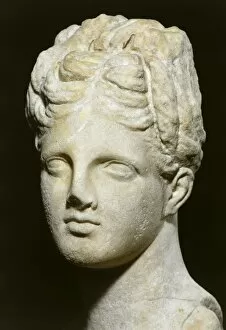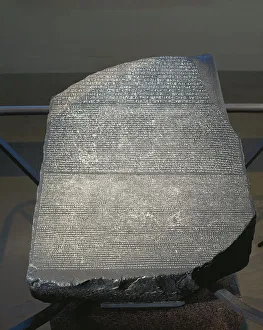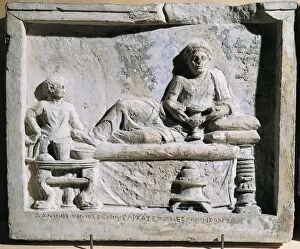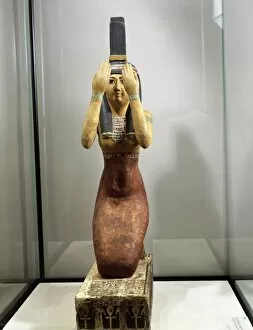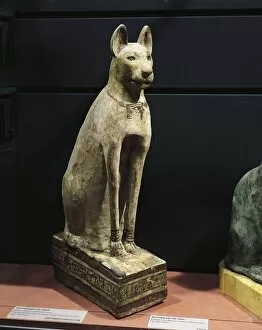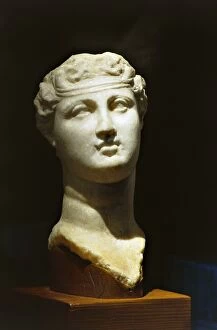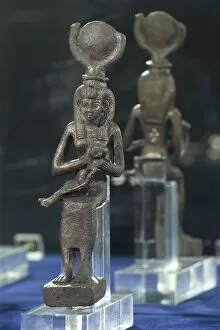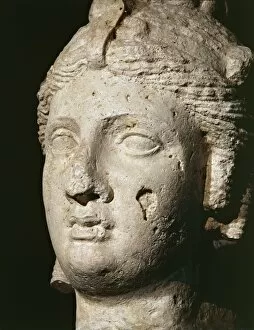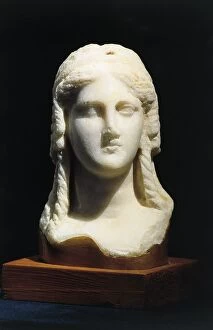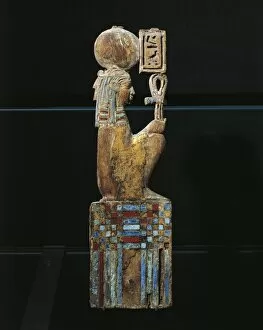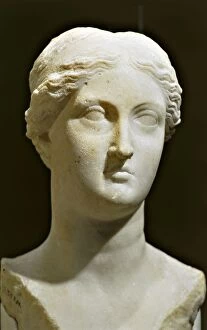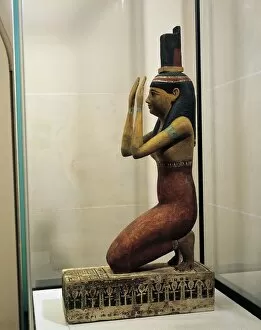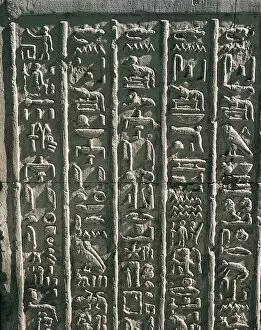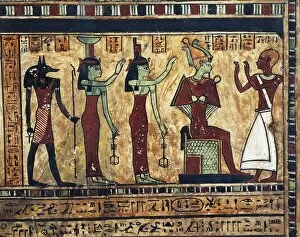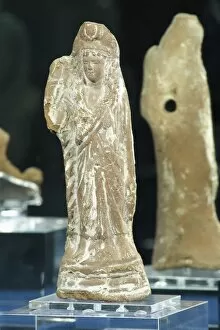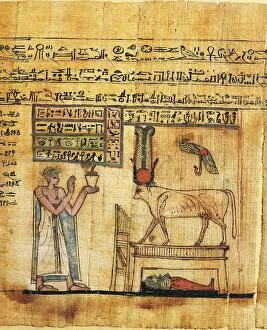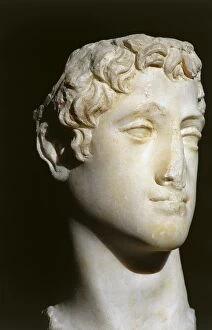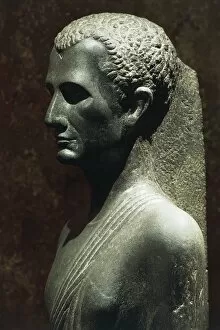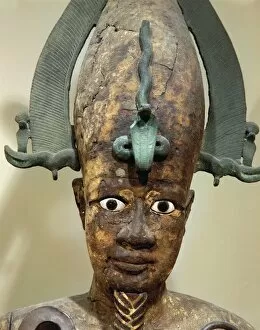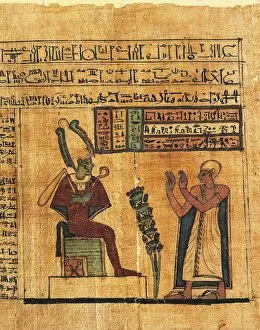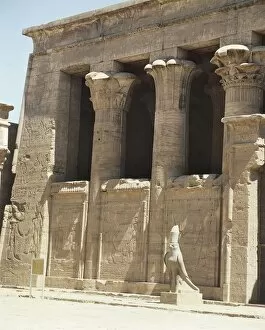Ptolemaic Age Collection
The Ptolemaic Age was a fascinating era in ancient Egypt, marked by the rule of the Greek-descended Ptolemaic dynasty
For sale as Licensed Images
Choose your image, Select your licence and Download the media
The Ptolemaic Age was a fascinating era in ancient Egypt, marked by the rule of the Greek-descended Ptolemaic dynasty. This period saw a unique blend of Egyptian and Hellenistic cultures, as evident in the stunning artifacts that have survived to this day. One such artifact is a magnificent granite statue of Cleopatra VII, the last queen of Egypt from the Ptolemaic lineage. The intricate details on her regal figure showcase her beauty and power, giving us a glimpse into her reign. Another remarkable piece is a marble head of a young woman, showcasing the artistic prowess of this era. The delicate features and lifelike expression capture the essence of youth and vitality during this time. A marble statue depicting Cleopatra VII with the horn of plenty symbolizes abundance and prosperity under her rule. This artwork exemplifies how she sought to bring wealth and stability to Egypt during her reign from 51-30 B. C. The Rosetta Stone stands as an iconic relic from this age, bearing inscriptions celebrating Ptolemy V's first anniversary as king. With its three scripts - Egyptian hieroglyphs, demotic script, and Greek - it provided scholars with crucial insights into deciphering ancient Egyptian writing systems. A banquet scene painting discovered in Alexandria offers glimpses into daily life during this period. It portrays lavish feasts where people enjoyed food, drink, music, and dance – highlighting both opulence and entertainment in Ptolemaic society. The colossal statue believed to be Alexander or another Macedonian king depicts them as pharaohs at Karnak temple complex. This fusion reflects their desire to integrate themselves within Egyptian culture while maintaining their own identity. An exquisite fragmentary faience statuette showcases Isis – one of Egypt's most revered goddesses – displaying intricate craftsmanship prevalent during this time. The attention to detail brings out divinity through vibrant colors on this delicate material.

